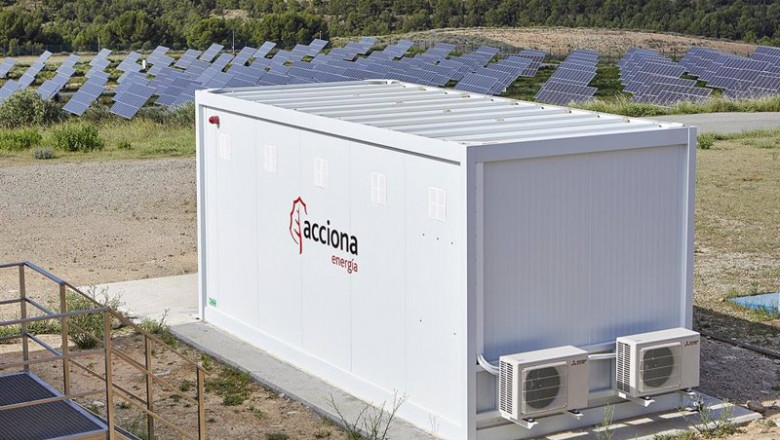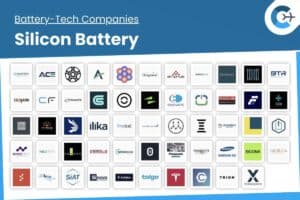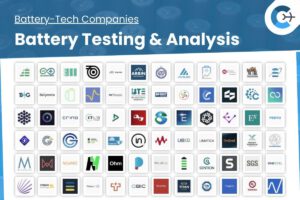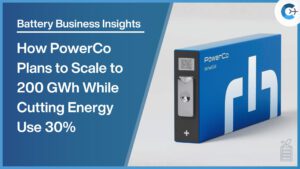Spain’s Official State Gazette has published Royal Decree 917/2025, which amends Royal Decree 413/2014 to update grid-access priorities and strengthen the role of energy storage in the country’s electricity system. The new regulation aligns with European Union Regulation 2019/943 by formally recognizing storage as a flexibility technology that enhances renewable energy integration and system stability.
Effective Nov. 16, 2025, the decree removes the category of “non-manageable generation” and establishes a clear hierarchy for downward redispatch of untraded electricity. Renewable generation—including facilities paired with storage units smaller than their generation capacity—receives top priority, followed by high-efficiency cogeneration with storage, and then all other technologies. Under this framework, the system operator (OS/Red Eléctrica de España) may further prioritize sites that contribute most to supply security and quality.
The decree also addresses regulated profitability concerns. Under the existing ReCoRe regime, around 62,000 clean-energy sites face reduced revenues if they do not meet a minimum threshold of equivalent operating hours, excluding curtailed energy and output during zero-price periods. Royal Decree 917/2025 specifies that curtailments and zero-price-hour production will no longer count against these thresholds, provided each plant generates for at least six hours during zero-price intervals.
Technical and telemetry obligations are expanded to improve operational oversight. As of June 1, 2026, storage facilities of at least 5 MW on the mainland (500 kW elsewhere) must transmit real-time telemetry to the system operator and connect to grid control centers. Hybrid renewables-plus-storage projects will report separate telemetry for generation and storage, and grid-connected demand sites will also send data to Red Eléctrica de España. Additionally, cogeneration sites may choose each quarter to market net generation or use it for self-consumption.
To integrate storage into the renewables remuneration framework, amendments to Articles 11 and 21 of RD 413/2014 ensure that subsidized “type 3 hybridization” sites receive full income for stored and generated electricity. From Jan. 1, 2026, energy measured at plant busbars in these hybrid facilities will count toward equivalent operating hours. In redispatch scenarios, type 3 hybrid sites will hold the same priority as pure-renewables installations, with potential advantages conferred by their flexibility roles.
Source: pv magazine
















